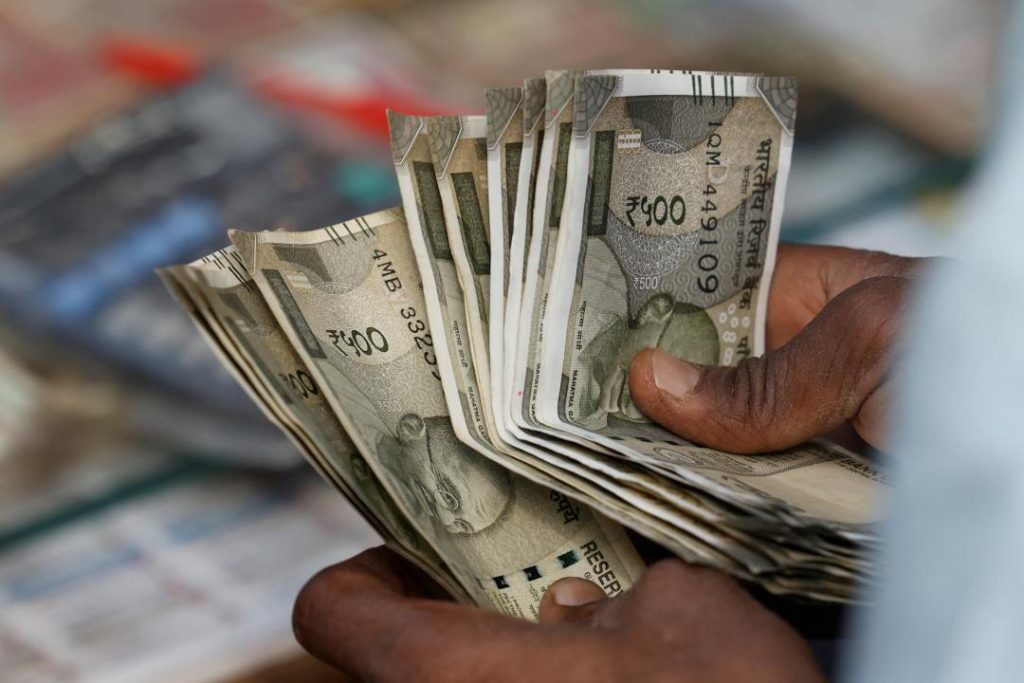
What Got Cheaper & Costlier in March as CPI Falls to 67-Month-Low of 3.34%?
As the world grapples with the economic consequences of the COVID-19 pandemic, India has been no exception. However, in a welcome development, the country’s retail inflation has dipped to a 67-month-low of 3.34% in March, according to the latest Consumer Price Index (CPI) data released by the Ministry of Statistics and Programme Implementation. This significant drop in inflation is a result of various factors, including a decline in prices of essential commodities like eggs, vegetables, and pulses.
Prices of Essential Commodities See Significant Decline
The prices of eggs, a staple food item for many Indians, saw a substantial decline of 11.4% in March compared to the previous year. This is a welcome development, especially for low-income households who rely heavily on eggs as a source of protein. The prices of vegetables, another essential commodity, also saw a significant decline, with a drop of 6.1% in March. Pulses, which are a key component of Indian cuisine, also witnessed a notable decline of 5.4% in prices.
Spices, Meat, Fish, and Housing See Marginal Decline
While the prices of eggs, vegetables, and pulses saw a significant decline, the prices of spices, meat, fish, and housing saw a marginal decline. The prices of spices, which are a crucial component of Indian cuisine, saw a decline of 0.2% in March, while the prices of meat and fish saw a decline of 0.4% and 0.5%, respectively. The prices of housing also saw a marginal decline of 0.1% in March.
Fruit Prices See Sizeable Jump
In contrast to the decline in prices of vegetables, the prices of fruits saw a sizeable jump of 3.3% in March. This could be attributed to various factors, including supply chain disruptions and changes in weather patterns.
Prices of Other Commodities See Marginal Rise
The prices of cereals, milk, oil, sugar, confectionery, clothing, snacks, sweets, pan, tobacco, footwear, fuel, health, and education saw marginal rises in March. The prices of cereals, which are a key component of the Indian diet, saw a rise of 1.1% in March, while the prices of milk and oil saw rises of 1.2% and 1.3%, respectively.
Impact on Indian Economy
The decline in retail inflation to a 67-month-low of 3.34% is a significant development for the Indian economy. A low inflation rate is beneficial for the economy in several ways, including:
- Increased Purchasing Power: A low inflation rate means that the purchasing power of consumers increases, as the same amount of money can buy more goods and services.
- Increased Consumer Spending: A low inflation rate can lead to increased consumer spending, which can boost economic growth.
- Increased Investment: A low inflation rate can attract foreign investment, as investors are more likely to invest in a country with a stable and low inflation rate.
Conclusion
In conclusion, the decline in retail inflation to a 67-month-low of 3.34% is a significant development for the Indian economy. The decline in prices of essential commodities like eggs, vegetables, and pulses is a welcome development, especially for low-income households. While the prices of some commodities like fruits saw a sizeable jump, the overall trend is positive. The government’s efforts to control inflation and boost economic growth are paying off, and it is likely that the economy will continue to grow in the coming months.
Source
The data on CPI and retail inflation was released by the Ministry of Statistics and Programme Implementation. You can access the data and press release at https://pib.gov.in/PressReleseDetail.aspx.






